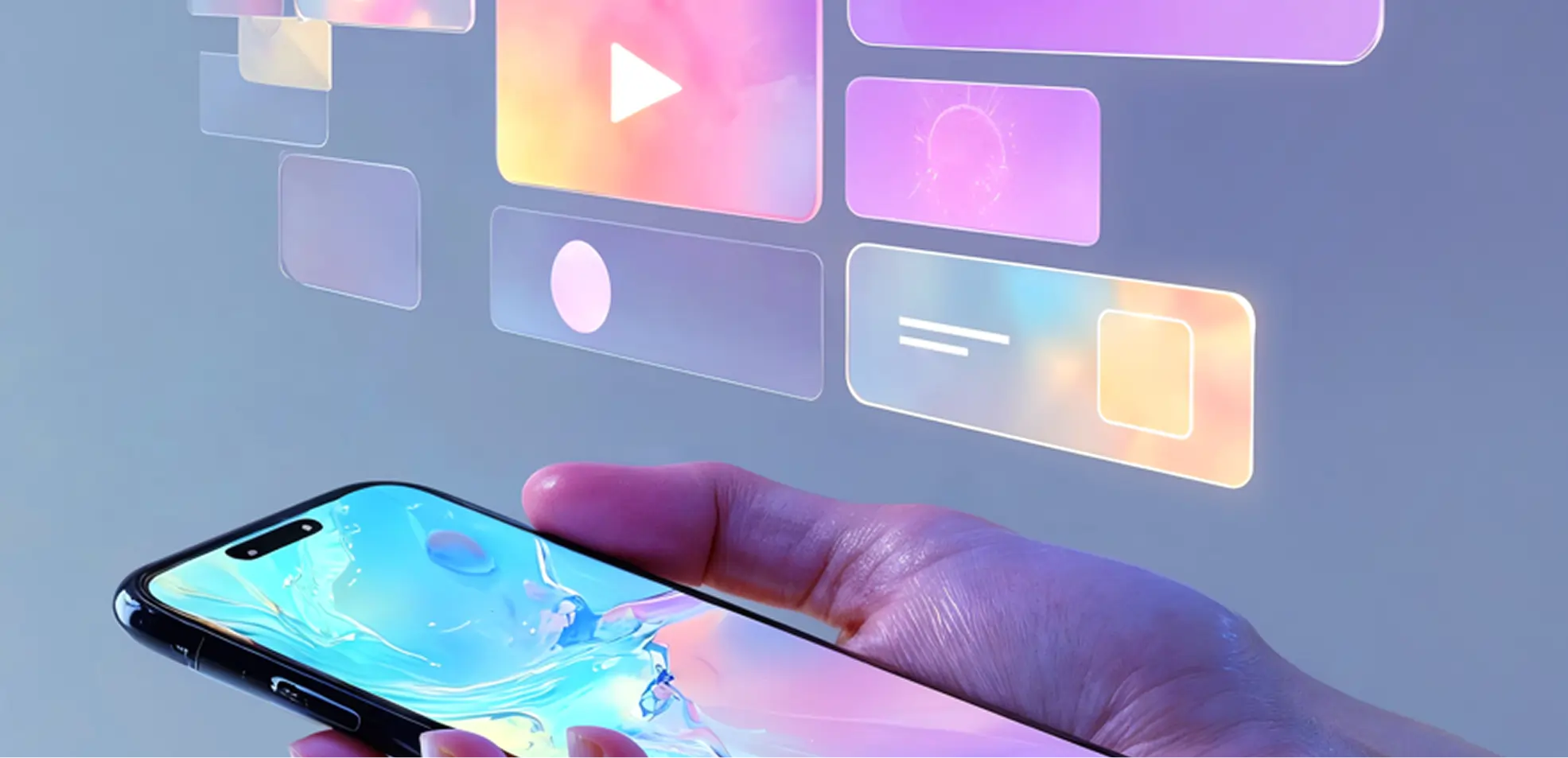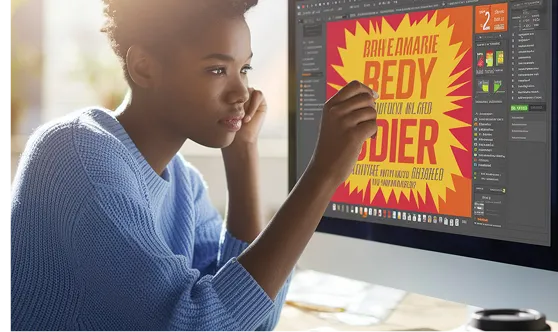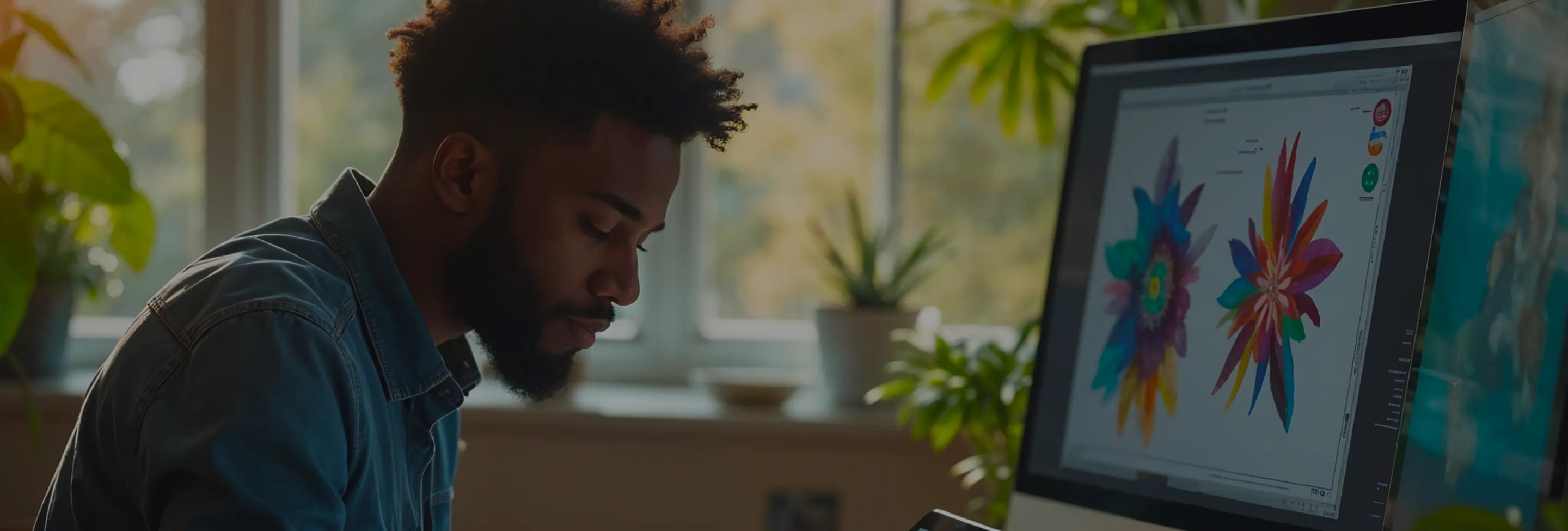
Our review of over 2,000 AI-powered flyer designs revealed that misconceptions about AI capabilities and limitations account for 85% of user hesitation in adopting these tools. This guide addresses the most prevalent myths surrounding AI flyers, providing clear, actionable insights to help you leverage AI effectively in your marketing efforts.
Myth: AI can create entirely original and creative flyer designs without any human input.
Answer: While AI flyer tools significantly enhance the design process, they function best as assistants rather than autonomous creators. These tools leverage machine learning algorithms to suggest layouts, color schemes, and typography based on your inputs and preferences. For instance, platforms like Canva's AI features allow users to generate design templates that can be customized further to match specific branding needs. Human creativity and strategic direction remain essential to produce truly unique and effective flyers.
Myth: AI automatically generates perfect flyers without the need for revisions.
Answer: AI streamlines the flyer design process by providing templates and design suggestions that drastically reduce the time required to create marketing materials. For example, an AI tool might offer multiple layout options based on your industry and goals, enabling you to select and tweak designs quickly. However, achieving the best results typically involves iterative adjustments to ensure the final product aligns with your brand identity and messaging.
Myth: AI lacks the creativity to produce compelling flyer designs comparable to those made by professional designers.
Answer: AI can enhance creativity by offering diverse design options and inspiring new ideas, but it doesn't replace human creativity. AI tools analyze vast amounts of data to provide trend-based suggestions, which designers can then refine and personalize. For example, an AI might suggest a modern minimalist layout, which a designer can adapt with unique graphics or tailored messaging to better resonate with the target audience.
Myth: AI-generated flyers are generic and cannot be tailored to specific brand guidelines.
Answer: Modern AI flyer tools offer extensive customization options to adhere to specific branding requirements. Users can input brand colors, fonts, logos, and other assets to ensure that the generated designs align with their brand identity. For instance, Adobe Spark allows users to upload their logos and select brand color palettes, ensuring that the AI-generated flyer maintains brand consistency.
Myth: AI flyer tools are overly complex and require advanced technical knowledge to use.
Answer: Most AI flyer tools are designed with user-friendliness in mind, featuring intuitive interfaces that do not require technical expertise. These platforms utilize machine learning algorithms and natural language processing to interpret user inputs and generate design suggestions. For example, tools like PosterMyWall use drag-and-drop interfaces combined with AI to simplify the flyer creation process for users of all skill levels.
Myth: AI-generated flyers operate in isolation and cannot be integrated into broader marketing campaigns.
Answer: AI flyer tools often offer integrations with various marketing platforms, enhancing their utility within comprehensive campaigns. For example, many AI tools can export designs directly to social media platforms, email marketing services, or content management systems. This seamless integration ensures that your flyers can be easily disseminated across multiple channels, maintaining consistency and maximizing reach.
Myth: AI flyers are only suitable for small businesses and lack the scalability needed for larger enterprises.
Answer: AI flyer tools are versatile and scalable, benefiting businesses of all sizes. Small businesses can quickly create professional-looking flyers without significant investment, while larger enterprises can use AI to maintain brand consistency across numerous campaigns. For instance, a retail chain can use AI tools to generate localized flyers for different store locations, ensuring each design adheres to corporate branding while addressing regional market needs.
Myth: Using AI for flyer design is prohibitively expensive for most businesses.
Answer: Contrary to this belief, many AI flyer tools offer affordable pricing models, including free tiers with basic features and scalable options for more advanced needs. Subscriptions can be cost-effective compared to hiring professional designers, especially for businesses that require frequent flyer production. For example, services like Canva offer free access with optional premium features, making high-quality flyer design accessible to a wide range of budgets.
Myth: If an AI-generated flyer isn't perfect, there's no recourse for making necessary adjustments.
Answer: AI flyer tools are designed to be highly customizable, allowing users to modify any aspect of the design. If the initial output doesn't meet your expectations, you can easily tweak elements such as layout, colors, text, and images to better align with your vision. Additionally, many platforms offer customer support and tutorials to help users make effective adjustments. For example, Adobe Spark provides extensive guides and responsive support to assist users in refining their designs.
Myth: AI-generated flyers do not consider accessibility standards, making them unusable for individuals with disabilities.
Answer: Leading AI flyer tools incorporate accessibility features to ensure designs are inclusive. These features include options for high-contrast color schemes, readable font sizes, and alternative text for images. Tools like Canva include accessibility checks that help users create flyers compliant with standards such as WCAG (Web Content Accessibility Guidelines), ensuring that the final product is accessible to a broader audience.
Myth: The current capabilities of AI flyers are the peak, with no significant advancements expected.
Answer: The field of AI in design is rapidly evolving, with ongoing advancements enhancing functionality and creativity. Future developments may include more sophisticated personalization based on real-time data, improved integration with augmented reality (AR) for interactive flyers, and deeper collaboration features that allow multiple users to work on designs simultaneously. Additionally, advancements in AI understanding of design trends and user preferences will likely make AI-generated flyers even more tailored and effective.
Myth: AI-generated flyers are static and cannot adapt to the latest design trends without manual intervention.
Answer: AI flyer tools are increasingly capable of adapting to emerging design trends by continuously learning from new data and design patterns. Machine learning algorithms can analyze current trends in real-time, enabling AI to suggest contemporary styles and elements that resonate with the target audience. For example, if minimalist designs become popular, the AI will prioritize layout suggestions that reflect this trend, helping users stay relevant without needing to manually update their design strategies.
By dispelling these myths, businesses can better understand the true potential of AI flyers and harness their capabilities to create effective, visually appealing marketing materials.




Subscribe to our newsletter to receive $100 off your first month of Tapflare's flat rate unlimited design and development service. Your coupon code will be sent to your email.